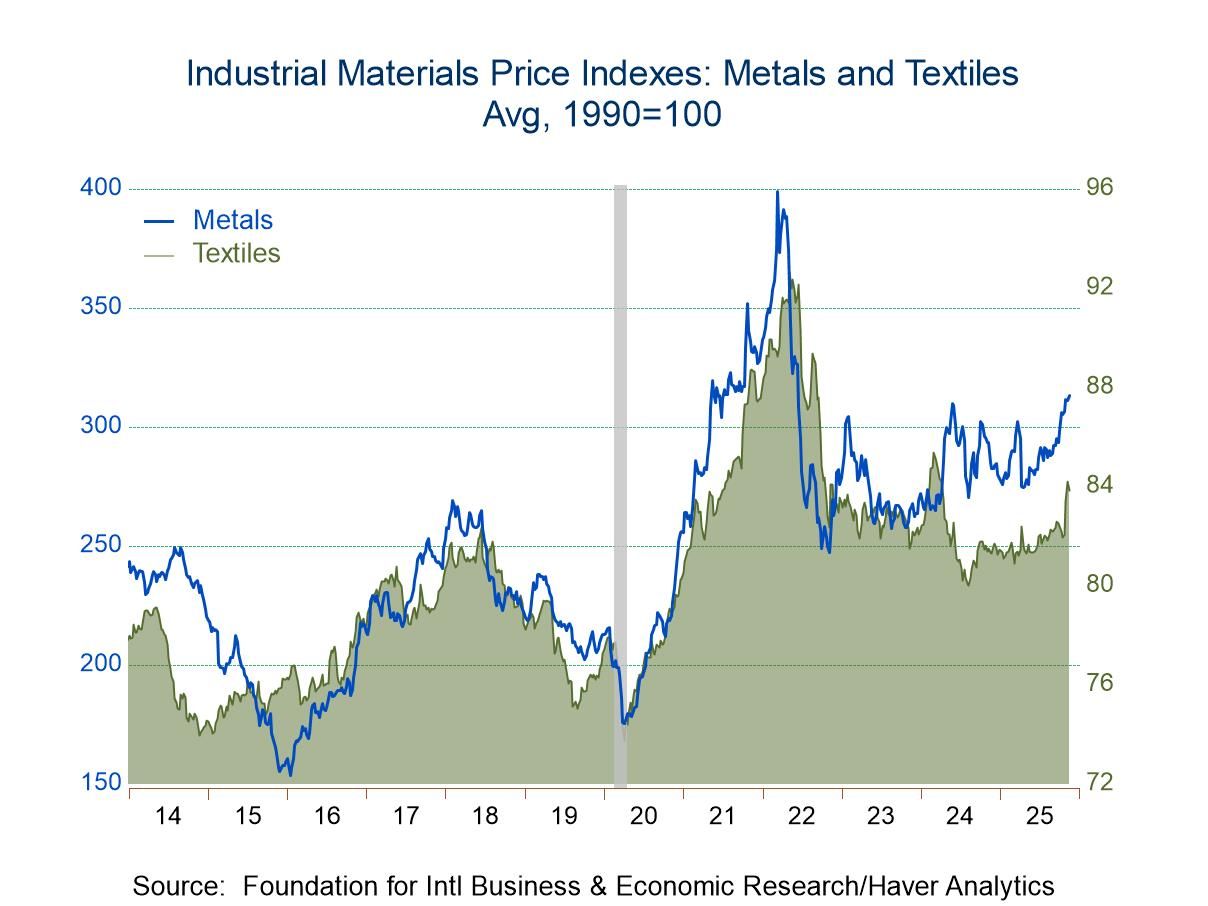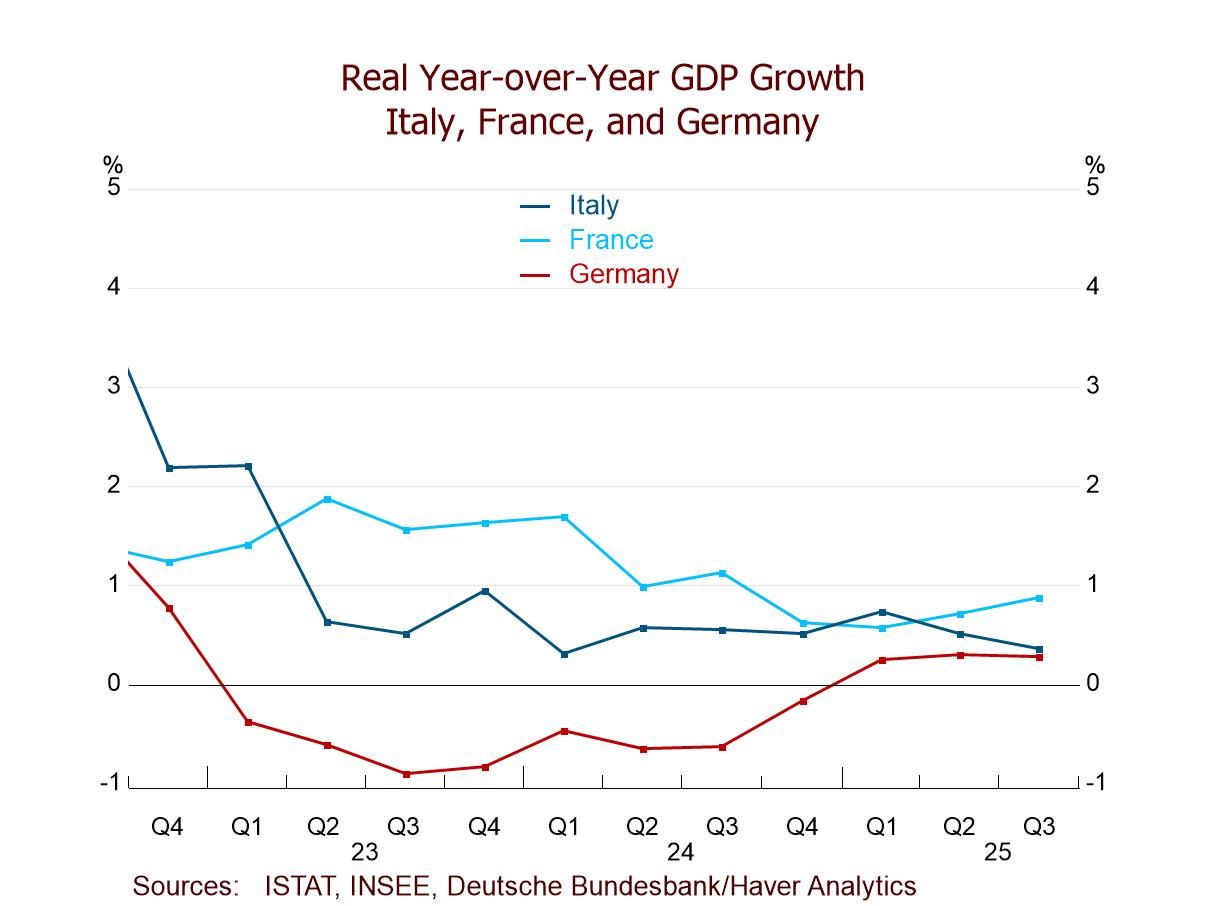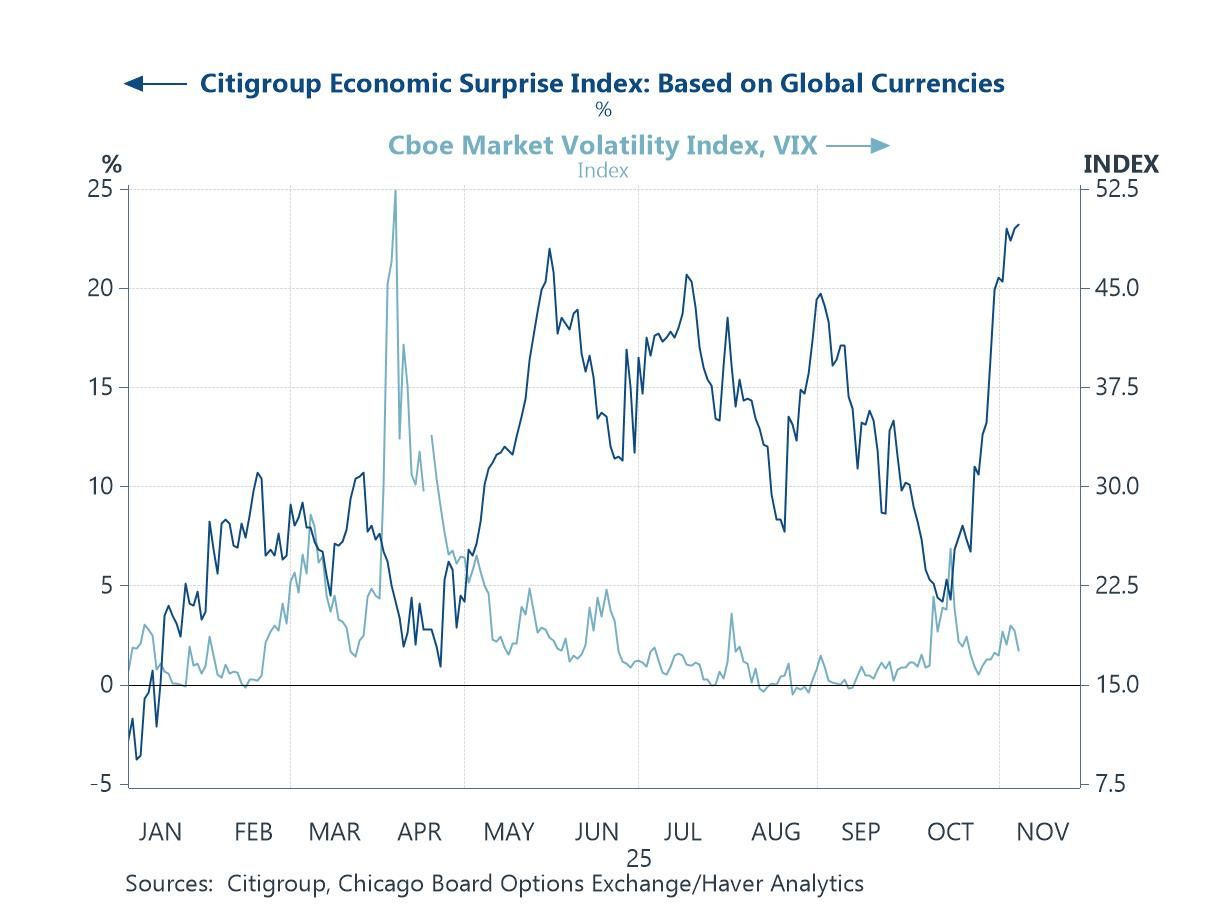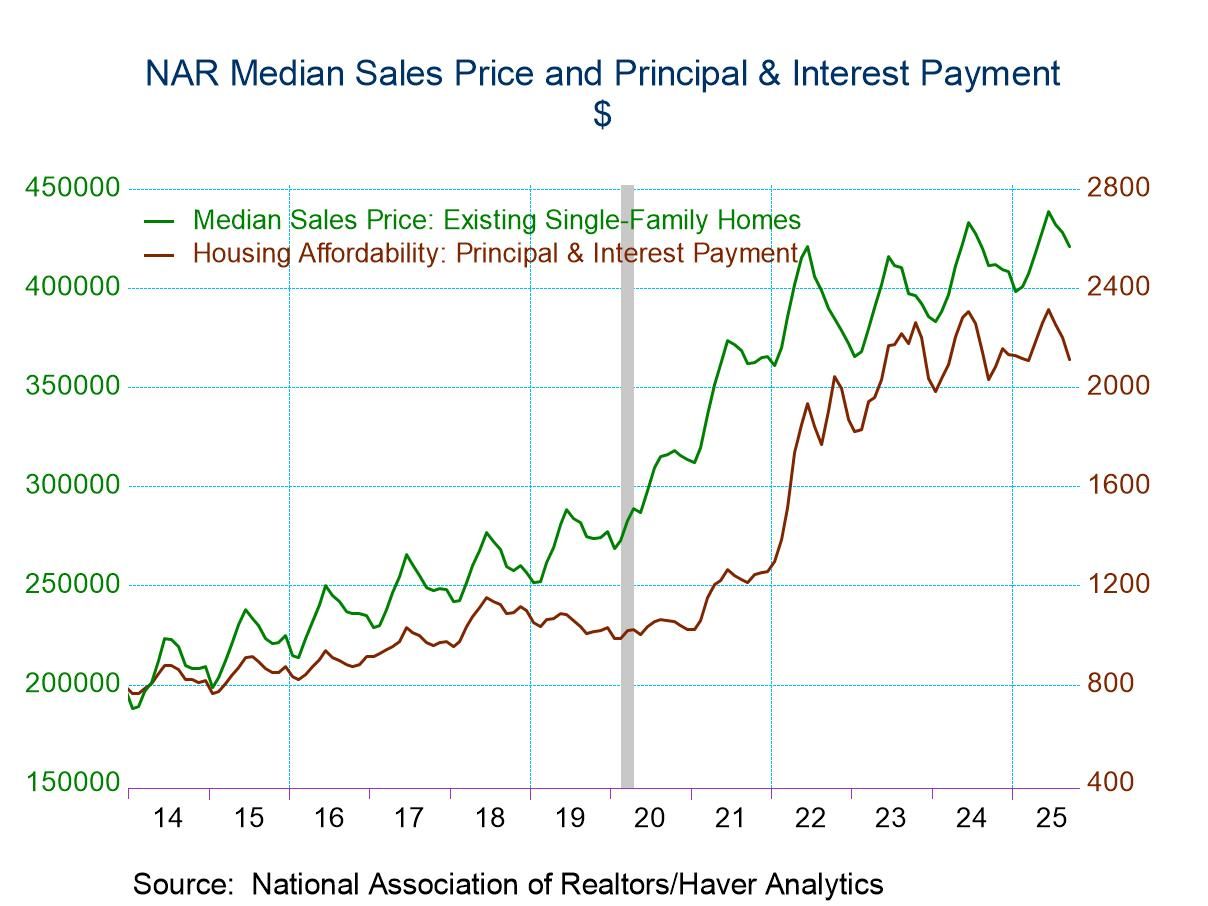Japan’s Deficit Reduction Trend Grinds to a Halt Nominal and Real Signals Are at an Alarming Divergence

The year-on-year trends show that Japan’s nominal imports have weakened significantly since late 2022. Exports have slowed as well, but the import weakness has been more dramatic and has transited to a lasting series of negative year-on-year growth rates. Over the past several months imports have been weakening, shrinking, while exports are growing slowly and the deficit on+ the trade account for goods remains unchanged. Even with reasonably severe import weakens Japan is not making progress in reducing its trade deficit situation.
Inside the one-year mark looking at nominal export and import growth over six months and three-months we find both exports and imports are gathering pace but, of course, exports are growing faster than imports. Export growth ramps up from 1.5% over 12-months to a 6-month pace of 13.2% and a 3-month annualized pace of 17.4%. Imports that contract by 15.4% year-on-year also recover to a flat performance over 6-months and grow at a 10.8% annual rate over 3-months.
The yen has weakened over the last 12-months falling by 1.7% Vs the dollar over 12-months and concentrating its decline into the recent 6-months and 3-months when the annual rate of yen decline Vs the greenback is 26% or so. The broad, real effective yen index has also fallen by 2.5% over 12-months and at a faster 12% to 13% annual rate over 3-months and 6-months.
Real vs nominal trade data and trends And, as is often the case, the nominal and the real data tell very different stories of what is going on here. Export prices rise by 2.4% over 12-months in Japan while import prices drop by 11.6%. Then both export and import prices rising strongly over 6-months and 3-months with import prices rising at a 35.4% annual rate over 3-months and export prices up at a 23% annual rate over 3-months.
As a result of the divergences in export and import prices, the trends that impact real export and import flows cause the real and nominal flows to look quite different. Real exports and real imports both fall over 12-months with real exports falling by 0.9% and import volumes falling by 4.3%. The import declines step up to show drops at a 10.8% annual rate over 6-months and at 18.1% over 3-months. Export volumes also weakened progressively, but more mildly, falling at a 2.6% annual rate over 6-months and at a 4.7% annual rate over 3-months. Given the weakness in the real flows, the weakness in the yen over this period makes perfect sense to try to ameliorate these trends.
Of course, one difference between what the nominal and real data show involves the somewhat trivial differences over 12-months where nominal data show weak export growth and more severe import weakness. But then, both flows gain pace over shorter horizons. That’s where real differences emerge. The real flows show declines in both export and import volumes over 12-months and less draconian import weakness, with export volumes weakening mildly but progressively and import volume weakness increasing sharply over 6-months and 3-months. The implications for policy are quite different. Japan is looking like it is further weakening based on what import volumes tell us about domestic demand conditions in Japan. Japan’s economic conditions bear close watching if the real trade data are reliable barometers.

Robert Brusca
AuthorMore in Author Profile »Robert A. Brusca is Chief Economist of Fact and Opinion Economics, a consulting firm he founded in Manhattan. He has been an economist on Wall Street for over 25 years. He has visited central banking and large institutional clients in over 30 countries in his career as an economist. Mr. Brusca was a Divisional Research Chief at the Federal Reserve Bank of NY (Chief of the International Financial markets Division), a Fed Watcher at Irving Trust and Chief Economist at Nikko Securities International. He is widely quoted and appears in various media. Mr. Brusca holds an MA and Ph.D. in economics from Michigan State University and a BA in Economics from the University of Michigan. His research pursues his strong interests in non aligned policy economics as well as international economics. FAO Economics’ research targets investors to assist them in making better investment decisions in stocks, bonds and in a variety of international assets. The company does not manage money and has no conflicts in giving economic advice.






 Global
Global